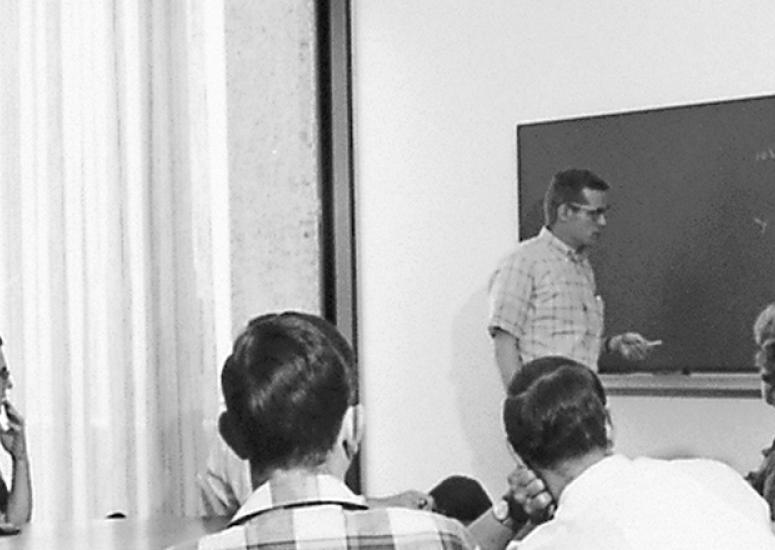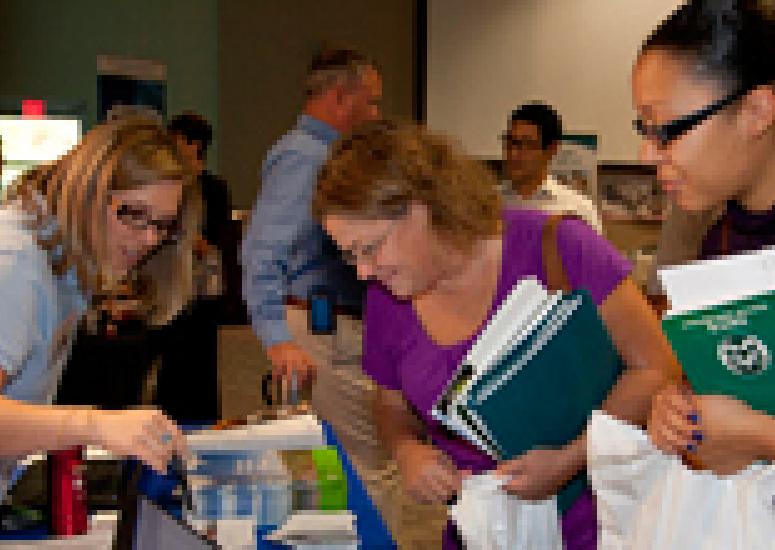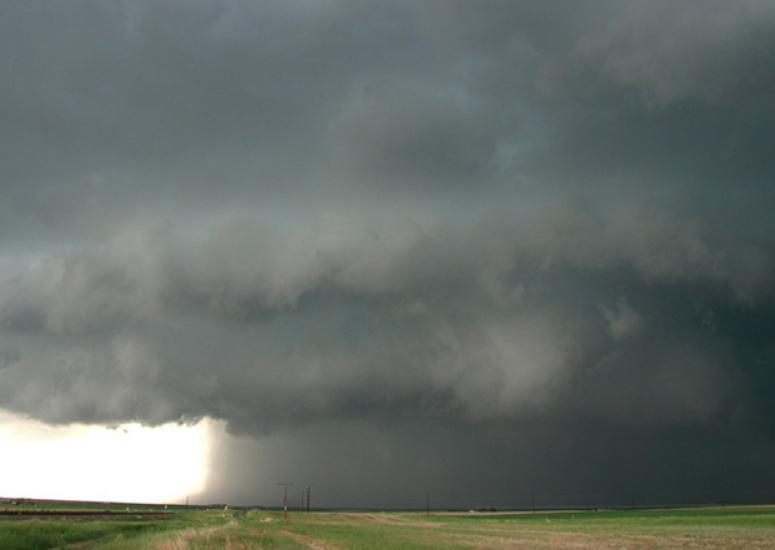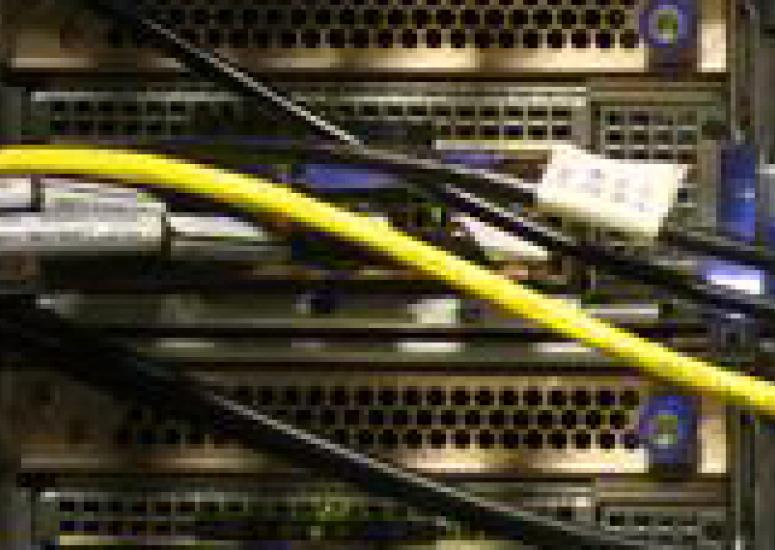-

UCAR, India join forces on weather technology and prediction
U.S. atmospheric researchers and counterparts at the India Ministry of Earth Sciences will collaborate to advance weather forecasting and technology under a new agreement.
- Weather
-

A seedbed of greatness
NCAR's Advanced Study Program has been helping future leaders in weather, water, climate, and solar research launch their careers since 1963.
- Education + Outreach
-

Job fair for veterans and people with disabilities - October 7, 2014
Co-sponsored by UCAR, Workforce Boulder County, and the Colorado Division of Vocational Rehabilitation, the job fair will take place October 7 at UCAR's Center Green campus.
-

High-end weather modeling, hour by hour
Founded on an NCAR-based research model, the new High-Resolution Rapid Refresh (HRRR) model will transform how the National Weather Service predicts short-range weather threats.
- Weather
-

Wyoming enhances Internet connectivity with help from UCAR-managed network
Students and researchers will have access to advanced collaborative resources through the Internet2 consortium, thanks in part to networking support by UCAR.
- Education + Outreach
